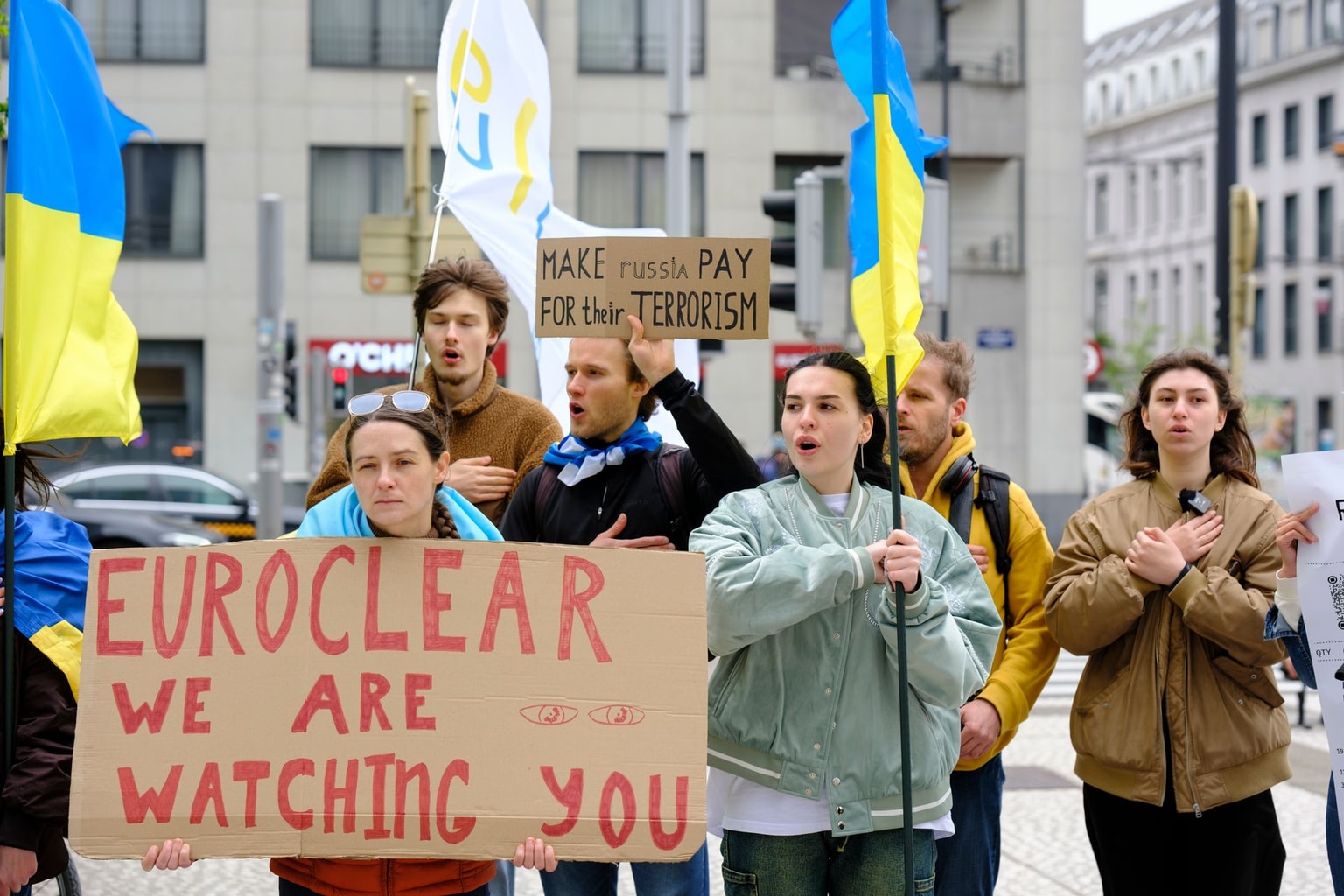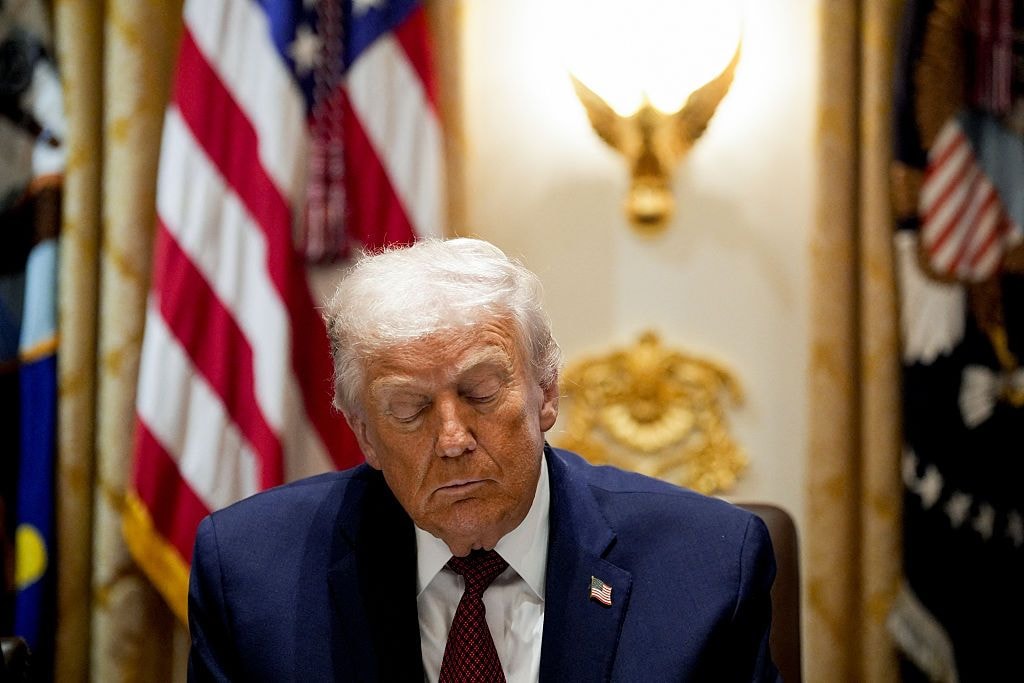Ukraine needs Western aircraft to put an end to massacre of civilians, achieve victory

Russia’s air force has proven insufficiently effective when it comes to crushing Ukrainian resistance. Despite heavily outnumbering Ukraine’s air force, Russia has failed to achieve total air supremacy, with the skies over Ukraine still being contested.
And yet there is one aspect in which Russia’s air force, along with other branches of the military, has been effective – the indiscriminate killing of civilians with bombs and rockets.
This is why Ukraine says it needs fighter jets from the West to put an end to the massacre.
However, the West has been reluctant to supply them, fearing a further escalation in its conflict with the Kremlin potentially turning into a war between Russia and NATO.
But analysts attribute this to cowardice rather than rational calculations. Supplying fighter jets to Ukraine is not substantially different from the supplies of other weapons, they argue.
Outnumbered
Russia’s air force is more than 10 times bigger than the Ukrainian one.
Russia and Ukraine have more than 4,000 and more than 300 total aircraft, including about 1,500 and about 100 helicopters, around 800 and about 70 fighter jets, and more than 700 and around 30 ground attack aircraft, respectively, according to statista.com.
Russia’s air fleet comprises many fourth-generation fighters jets, including more advanced versions produced in recent years. These include Su-35, Su-27, Su-30, MiG-29, and MiG-31.
Ukraine’s fleet is more obsolete. It includes MiG-29 fourth-generation fighter jets, which were designed in the 1970s; Su-24 attack aircraft, designed in the 1960s, and Su-25 attack aircraft, designed in the 1970s.
Before the invasion began on Feb. 24, many analysts were sure that Russia would annihilate Ukraine’s air force and air defense. After the attack began, Russia did claim that it had almost immediately destroyed Ukraine’s air capabilities.
However, this did not happen.
A U.S. defense official told Reuters on March 4 that Ukraine still had a “significant majority” of its military aircraft available.
Ineffectiveness
Russia has failed to achieve total air supremacy, with the Ukrainian air space still being contested.
“There is Russian superiority but it’s not complete predominance,” Ukrainian military analyst Vyacheslav Tseluiko told the Kyiv Independent.
He added that Russia’s air superiority has been undermined as Ukrainian troops shot down its airplanes, and Ukraine’s air defense was boosted due to Western supplies such as Stinger man-portable surface-to-air missiles delivered by the U.S. and Starstreak MANPADS supplied by the U.K.
Ukraine’s General Staff on April 20 claimed to have destroyed 171 Russian airplanes, 150 helicopters and 165 drones since the invasion began. Although these figures may be exaggerated, many of these losses have been confirmed.
At the beginning of the invasion, Russia’s use of its air force was limited, and it proved ineffective, according to U.S. military experts Michael Kofman and Rob Lee.
“The Russian Air Force has been conducting limited air operations, but they've paid a high price because Ukrainian air defense is still pretty viable,” Kofman told Radio Free Europe/Radio Liberty in March. “It's also worth adding that Russian airpower actually is not very proficient in missions to suppress or destroy air defense.”
One of the reasons for Russian aircraft’s ineffectiveness is that they have to fly low to strike military targets with unguided bombs, Tseluiko said. As a result, Ukrainian MANPADS are able to shoot them down.
Russia’s Su-34 fighter jets are supposed to carry precision-guided bombs but de facto Russia has mostly used unguided and low-tech bombs, according to U.S. military correspondent David Axe.
In March Russia intensified its aerial operations, boosting the number of flights by 50% and deploying more drones and loitering munitions, according to U.S. defense officials and military analysts cited by the Washington Post.
On March 21, a senior U.S. defense official said Russia had flown about 300 sorties in the previous 24 hours, up from an average of about 200 per day earlier in the war.
As a result, Russian planes – along with missiles and artillery – have been able to wreak more havoc and kill thousands of civilians.
Supply problems
Since the beginning of the war, President Volodymyr Zelensky has been calling on Western allies to either create a no-fly zone in Ukraine or supply fighter jets to enable the Ukrainian military to withstand Russian aggression in the air.
A no-fly zone has been a controversial issue because NATO airplanes pledging to shoot down Russian planes would likely escalate into a large-scale war between NATO and Russia. Although some analysts, such as Russian-born political philosopher Sergei Sazonov, have urged the West to launch a war against Russia to defend Ukraine, it remains an unlikely option.
Sending Western aircraft to Ukraine is a more realistic one.
On Feb. 28, Ukraine’s armed forces said that Bulgaria, Poland and Slovakia had agreed to supply 70 fighter jets, including MiG-29s and Su-25s, to Ukraine.
But the three East European countries denied this statement on March 2, effectively refusing to supply the aircraft.
On March 8, Poland agreed to transfer MiG 29 fighters to NATO’s Ramstein airbase in Germany for the U.S. in order to supply them to Ukraine. However, the U.S. government rejected the offer.
Political games
NATO has effectively drawn a line between the supplies of fighter jets, which are seen as provoking Russia to launch a war against NATO, and other arms supplies, which are perceived as less dangerous.
Tseluiko said, however, that this is “a question of perception” and “political games.” In reality, the line is arbitrary, and militarily any weapons supplies are the same, he argued.
“The problem has been mostly political,” said a Finnish air force pilot who spoke on condition of anonymity because he was not authorized to speak to the press. “They don't understand what Russia is. It does not matter what is supplied to Russia, since it will always make up an excuse if it wants to escalate.”
One argument against sending fighter jets to Ukraine was that, if NATO pilots fly fighter jets over the border to Ukraine, they will be considered participants of the war, and both they and NATO countries may be targeted by Russia. But Tseluiko argued that “it’s not a problem for Ukrainian pilots to fly them to Ukraine” from NATO countries.
Even if that argument was valid, jets could be disassembled, transported to Ukraine by land and reassembled there, although Tseluiko said it would be less convenient.
The Finnish pilot also said it is realistic for Ukrainian pilots to fly fighter jets to the country, and they can be landed on roads close to the border.
He also said they should not be concentrated in one airfield to prevent them from becoming a target.
In contrast with Soviet-made MiG fighters, supplying U.S.-made aircraft such as F-16 fighter jets is more tricky since Ukrainian pilots are not trained to fly them.
In NATO countries, it usually takes nine months to train a pilot to fly an F-16 jet, the Finnish officer said. The situation is complicated by the fact that Ukraine will need not just F-16s but also ground support and technicians, he added.
He argued, however, that Ukrainian pilots should still be trained to fly Western-made planes even if it takes a lot of time.
Moreover, Western volunteer pilots can be recruited to fly Western-made fighters, both Tseluiko and the Finnish pilot said.
Changing attitude
Western attitudes appear to be slowly changing.
Slovak Prime Minister Eduard Heger said on April 11 that his country was in talks with allies about sending MiG-29 fighter jets to Ukraine. On the next day, a senior U.S. defense official told reporters that the Pentagon would not object to a possible transfer of Slovak jets to Ukraine.
On April 13, the U.S. also unveiled an $800 million military assistance package for Ukraine that includes 11 Mi-17 helicopters.
Ukraine’s air force also said on April 20 that it had received aircraft components with U.S. assistance.
The West’s support for boosting Ukraine’s air capability and its military in general has been rising after reports of the massacre of hundreds of civilians in the town of Bucha in Kyiv Oblast and elsewhere.
“A threshold has been crossed as a result of Russian atrocities and rampant destruction,” the Finnish pilot said. “Bucha has broken the camel’s back.”










